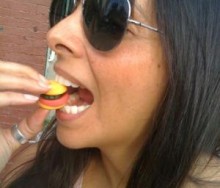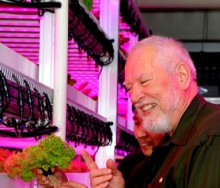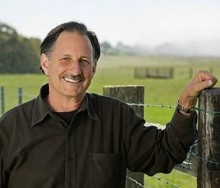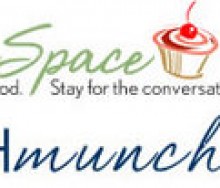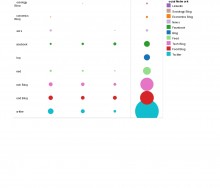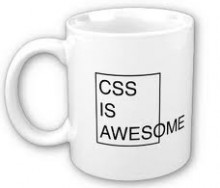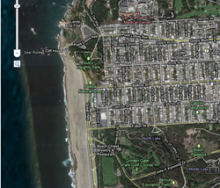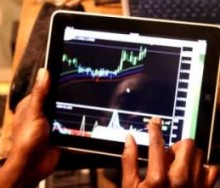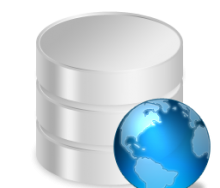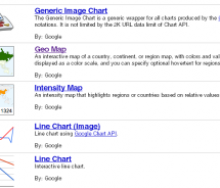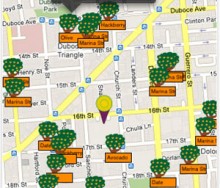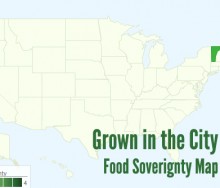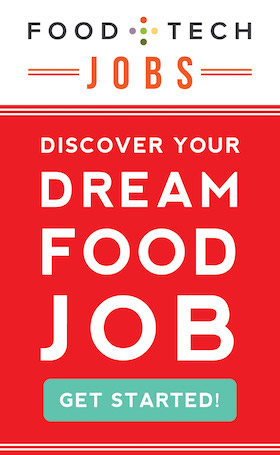Tools
The difference is that today our technological progress is more focused on the flow on information as opposed to goods. It's not about moving hard goods faster or centralizing oper[...]
We can think about how to hack the food system through both pragmatic and applied innovation, and also through imaginative and critical engagements with agriculture and food. One o[...]
During an age when any worldly fact or detail can be found on the Internet with just the click of a button, it's no wonder technology has infiltrated its way into all industries. T[...]
Organic, sustainable food needs to become more affordable. Why is it expensive? Organic agriculture is inherently economical: it requires few inputs and it doesn’t deplete scarce r[...]
In honor of our one-year anniversary, Food+Tech Connect is asking leading food and technology innovators – how can information and technology be used to hack the food system?[...]
[Hacking the Food System is an online conversation exploring how technology, information and data can change the food system status quo. Join the conversation below, on Twitter (ha[...]
The construction of the world’s first vertical farms have amply demonstrated to even the most outspoken critics that indoor farming in tall buildings is not only feasible but entir[...]
For me, one of the main issues I see in agriculture is confusion in the marketplace. There are all kinds of labels, and the ways stores and brands use terms like “organic,” “human[...]
Food+Tech Connect asked me to answer the question, how can information and technology be used to hack the food system? I have seen so many start-ups in the food space that I can'[...]
Content is king when trying to attract readers and keep them coming back to your site. How do you sustain an audience? Several well-known writers opened up about strategies for kee[...]
15 Jun 2011
UncategorizedI had the pleasure of participating in Emily Cavalier's TECHmunch panel- What’s New in Food: Understanding Trends to Enrich Your Content. The following is a round-up of some of the[...]
11 Jun 2011
UncategorizedNon-technical startup founders often struggle to find technical co-founders. Entrepreneur Emil Petrone has a solution: quit your job, leave your home for two months, and teach your[...]
What would a design tool for curating meaningful ecological relationships look like? A decade ago, inspired by this question, I conceived of a web-based application for designing [...]
On Thursday I discussed the loading of the data from the spreadsheet into a map. While the map is free, it is obviously limited. There are not nearly as many options for displaying[...]
Yesterday, I discussed the method for us to access our Google Doc data. Today I am going to speak of what we call the “presentation layer.” This layer is the actual webpage that vi[...]
14 Apr 2011
UncategorizedIn yesterday’s installment, I spoke of how we decided to store our data, what freeing the data means for us and for others, and how we found a simpler data solution that worked for[...]
13 Apr 2011
UncategorizedYesterday, in part 1, I outlined how quickly the world of technology is changing. John set the bar by accessing open source code from Google and said: “Look, the map is up. Now wha[...]
In this five part series, Bob Wall breaks down how created the interactive mapping system for the food sovereignty, urban agriculture zoning, and food policy council maps. In part [...]
Have you ever wanted to scavenge for your own edibles? Maybe you passed a neighbors apple tree and saw rotting fruit on the floor or were in a neighborhood park and wondered if any[...]
Please meet our newest contributor Bob Wall. Bob recently launched iTools: Urban Ag Technology, a weekly column on Grown In The City, that focuses on the intersection of urban agri[...]
18 Feb 2025
, 0 Comment
17 Dec 2024
, 0 Comment
Copyright © 2015
Food+Tech Connect. All Rights Reserved. Made in New York.






